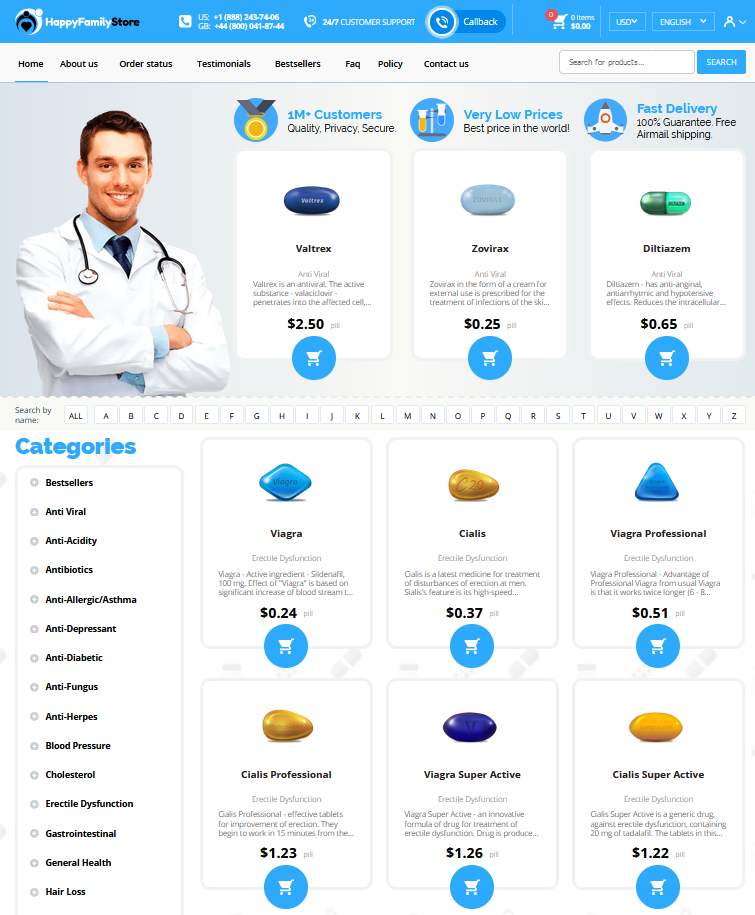To Buy Vibramycin Online Visit Our Pharmacy ↓
 Vibramycin for Lyme Disease: a Detailed Overview
Vibramycin for Lyme Disease: a Detailed Overview
Understanding Lyme Disease and Its Impact
Lyme disease is a stealthy adversary, triggered by the bite of infected black-legged ticks. It is a bacterial infection caused by Borrelia burgdorferi, presenting a complex challenge due to its varied symptoms that can evolve or apear long after the initial tick bite. These symptoms, ranging from fever and fatigue to joint pain, if left untreated, can escalate into severe neurological or cardiovascular complications. Teh impact on individuals is profound, disrupting daily life, work, and overall wellbeing, while imposing a burden on the healthcare system.
| Symptom | Potential Impact |
|---|---|
| Fever | Confusion and fatigue |
| Joint Pain | Limited mobility |
| Neurological Issues | Cognitive difficulties |
What Is Vibramycin and How It Works

As you delve into the world of Vibramycin, also known by its generic name doxycycline, it becomes apparent that this antibiotic plays a vital role in battling bacterial infections. Vibramycin belongs to the tetracycline class of antibiotics, which interfere with the ability of bacteria to produce proteins that are essential for their growth. By inhibiting the protein synthesis process, Vibramycin halts the reproduction of bacteria, effectively stopping the infection from spreading.
This antibiotic is particularly effective against the bacterium Borrelia burgdorferi, wich is responsible for Lyme disease. Teh reason it works so well lies in its ability to penetrate tissues and accumulated in areas where bacteria thrive. As a result, it targets the infection site more efficiently, paving the way for potential recovery.
Clinical Evidence: Effectiveness of Vibramycin in Treatment
In the unfolding story of Lyme disease treatment, vibramycin has emerged as a key player. This antibiotic, also known as doxycycline, has been shown in several studies to effectively combat the bacteria responsible for Lyme disease. The primary action of vibramycin occurs at the bacterial level, where it inhibits protein synthesis, ultimately halting bacterial growth. Clinical trials have demonstrated that patients who recieve vibramycin treatment early in the course of Lyme disease often experience significant improvements in symptoms, underscoring its role in reducing disease impact.
However, the effectiveness of vibramycin can vary based on the disease stage and individual patient factors. Some studies suggest that timely administration is crucial for optimal outcomes, highlighting the importance of early diagnosis. While vibramycin is typically effective in most early cases, ongoing research continues to refine our understanding of its efficacy across different scenarios, aiming to acommodate a wider spectrum of patient needs.
Benefits and Potential Side Effects of Vibramycin

Vibramycin stands out as a trusted ally in combating the intricacies of Lyme disease, offering patients a chance to regain their health. Its primary benefit is its ability to inhibit bacterial growth, effectively targeting the Borrelia burgdorferi bacterium responsible for the condition. Patients often report significant improvement in symptoms, like fatigue and joint pain, with its use.
However, as with any medication, it’s important to be aware of the potential side effects. Common reactions may include nausea, diarrhea, and a noticeable skin sensitivity to sunlight. Rarely, more severe symptoms such as difficulty swallowing or blurred vision can occur. Therefore, it is crucial that users recieve complete guidance from their healthcare provider.
Dosage Guidelines and Administration Tips
When it comes to administering Vibramycin, it's vital to adhere to prescribed guidelines to maximize its effectiveness in tackling Lyme disease. A typical regimen may involve taking the medication once or twice daily. However, factors like patient age and severity of the condition can influence specific guidelines.
Individuals should take Vibramycin with a full glass of water to ensure it's well-absorbed and to avoid any irritation. Ensuring that doses are taken at evenly spaced intervals is crucial for maintaining a consistent level of medication in the body, enhancing its efficacy.
| Dosage Duration | Frequency |
|---|---|
| Adults | 100 mg twice daily |
| Children over 8 | 2 mg/kg twice daily |
Teh doctor might emphasize the importance of not lying down immediately after taking the medication, which helps reduce the risk of esophageal irritation.
Vibramycin Alternatives and Patient Considerations
When considering treatment for Lyme disease, various alternatives to Vibramycin emerge. Doxycycline, the active ingredient in Vibramycin, is widely utilized, but some patients might explore other antibiotics such as amoxicillin or cefuroxime, especially in cases of intolerance. Alternative therapies include herbal remedies and holistic approaches, though clinical validation may be limited. Patients should carefully weigh these options and engage in thorough discussions with their healthcare providers. Teh decision should be grounded in evidence-based medicine, considering both efficacy and patient-specific factors. Factors such as allergy history, coexisting medical conditions, and potential drug interactions play a crucial role in determining the most suitable treatment course. Read more here and here for a comprehensive understanding of these alternatives.